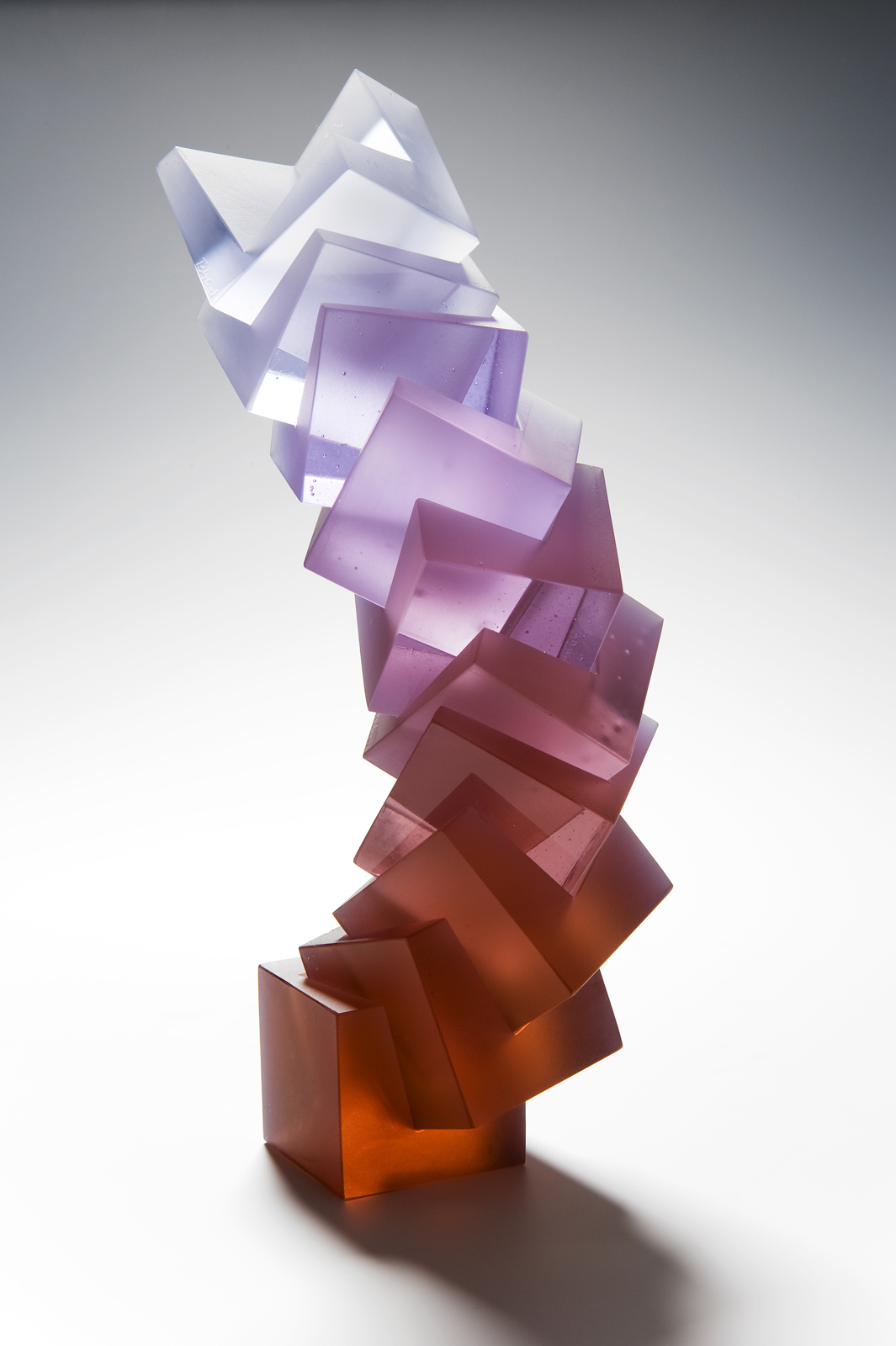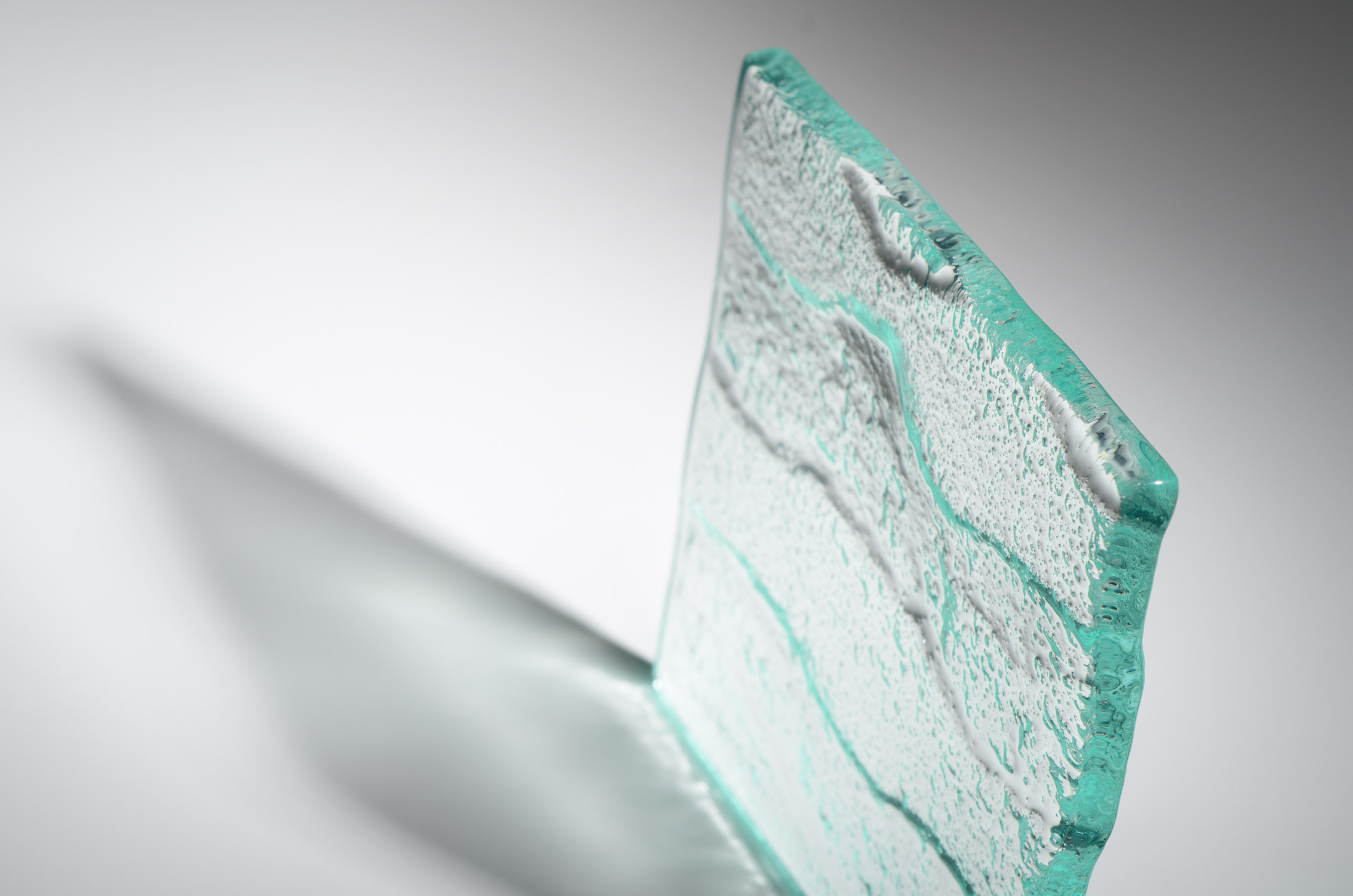Have you ever wondered what it takes to turn molten liquid into a masterpiece? The glass cast is more than just an art form—it's a fusion of science, creativity, and sheer determination. If you're diving into the world of glass artistry, this is your ultimate guide. So, grab a cup of coffee, sit back, and let's unravel the magic behind the glass cast.
There's something mesmerizing about watching glass being shaped and molded into works of art. Whether it's a delicate vase or an intricate sculpture, the process of creating with glass is both challenging and rewarding. The glass cast technique has been around for centuries, but it continues to evolve, capturing the imagination of artists and enthusiasts alike.
As we explore this fascinating world, we'll dive deep into the techniques, tools, and stories behind the glass cast. From its humble beginnings to its modern-day applications, this article will take you on a journey through the history, science, and artistry of glass casting. Let's get started!
Read also:Miss Usa Voy The Rise Of A New Beauty Icon
What is the Glass Cast?
Let's break it down. The glass cast refers to the process of pouring molten glass into molds to create intricate designs and shapes. It's not just about melting glass; it's about precision, patience, and a deep understanding of the material. Artists who specialize in glass casting often spend years honing their skills, mastering the nuances of temperature, viscosity, and design.
At its core, the glass cast is about transforming raw materials into something extraordinary. Whether it's creating functional pieces like bowls and vases or purely decorative sculptures, the possibilities are endless. This technique allows artists to experiment with textures, colors, and forms, pushing the boundaries of traditional glass art.
Why Glass Casting Matters
Here's the deal: glass casting isn't just about making pretty things. It's about innovation, tradition, and sustainability. Artists are constantly exploring new ways to use recycled glass, reducing waste and promoting eco-friendly practices. Plus, the glass cast technique can be adapted to suit a variety of industries, from architecture to fashion.
Let me drop some stats on you. According to recent studies, the global glass art market is expected to grow significantly over the next decade, driven by increasing demand for unique, handmade pieces. That's right—people are willing to shell out big bucks for high-quality glass art. And why not? Each piece tells a story, reflects the artist's vision, and adds a touch of elegance to any space.
The History of Glass Casting
Now, let's rewind a bit. The origins of the glass cast date back thousands of years to ancient Egypt and Mesopotamia. These early civilizations were the first to experiment with glassmaking, using primitive techniques to create simple vessels and ornaments. Fast forward to the Roman Empire, and glass casting became more refined, with artisans producing intricate mosaics and decorative objects.
In the Middle Ages, glass casting took on a religious significance, with stained glass windows becoming a staple of European cathedrals. Artists used this technique to tell stories, convey messages, and inspire awe. And while the methods have evolved over time, the essence of glass casting remains the same: transforming light and color into something truly magical.
Read also:John Allman The Soul Behind The Allman Brothers Band
Modern Innovations in Glass Casting
Today, glass casting has reached new heights. Thanks to advancements in technology, artists now have access to state-of-the-art equipment, allowing them to push the limits of their creativity. From 3D printing molds to experimenting with new materials, the possibilities are endless.
Here's a quick list of some modern innovations in glass casting:
- High-temperature kilns for precise control
- Customizable molds for complex designs
- Recycled glass as a sustainable option
- Hybrid techniques combining glass with other materials
Tools of the Trade: What You Need for Glass Casting
Alright, let's talk tools. If you're thinking about getting into glass casting, here's what you'll need to get started:
Essential Tools for Glass Casting
- Kiln: The heart of any glass casting operation. A good kiln will allow you to control temperature and firing schedules with precision.
- Molds: Whether you're using silicone, plaster, or metal, choosing the right mold is crucial for achieving the desired shape and texture.
- Glass rods and sheets: These are your raw materials. Select high-quality glass to ensure the best results.
- Safety gear: Never forget your goggles, gloves, and protective clothing. Safety first, folks!
Investing in quality tools is essential, but don't let the cost scare you off. Many beginners start with basic setups and gradually upgrade as they gain experience. Remember, practice makes perfect, and the more you experiment, the better your results will be.
Techniques Used in Glass Casting
There's no one-size-fits-all approach to glass casting. Different techniques yield different results, so it's important to understand the options available. Here are a few popular methods:
Lost Wax Casting
This ancient technique involves creating a wax model of the desired object, coating it with a refractory material, and then melting away the wax to create a hollow mold. Molten glass is then poured into the mold, resulting in a detailed and intricate piece. Lost wax casting is often used for sculptures and jewelry.
Pate de Verre
Pate de Verre, or "glass paste," involves mixing finely ground glass with a binding agent to create a paste-like consistency. This paste is then applied to a mold and fired in a kiln. The result is a piece with a smooth, matte finish that's perfect for decorative objects.
Fused Glass Casting
Fusing involves layering different colors and textures of glass and heating them in a kiln until they bond together. This technique is ideal for creating flat pieces like tiles, coasters, and bowls.
The Science Behind Glass Casting
Let's get nerdy for a moment. Glass casting isn't just an art; it's a science. Understanding the properties of glass is essential for achieving the desired results. Here are a few key concepts to keep in mind:
Viscosity and Temperature
Viscosity refers to the thickness or resistance of molten glass. The higher the temperature, the lower the viscosity, making the glass easier to pour and shape. However, if the temperature is too high, the glass can become unstable, leading to cracks and imperfections. Finding the right balance is key to success.
Expansion and Contraction
Glass expands when heated and contracts when cooled. This can cause stress within the material, especially if the cooling process is too rapid. To avoid cracking or breaking, artists use a process called annealing, which involves slowly cooling the glass to relieve internal stress.
Top Artists in the Glass Casting World
Now, let's talk about the big names in the glass casting game. These artists have pushed the boundaries of the medium, creating stunning works that inspire and awe.
Dale Chihuly
Dale Chihuly is a legend in the world of glass art. Known for his large-scale installations and vibrant designs, Chihuly's work can be found in museums and galleries around the globe. His use of the glass cast technique has revolutionized the way we think about glass art.
Jakob Wagner
Jakob Wagner is another pioneer in the field, renowned for his intricate sculptures and innovative techniques. His work often explores the relationship between nature and technology, using glass as a medium to bridge the two.
How to Get Started with Glass Casting
Ready to give it a try? Here are a few tips for beginners:
Find a Mentor
Learning from someone with experience can save you a lot of time and frustration. Look for local workshops or online courses taught by experienced glass artists. They can provide valuable insights and guidance as you start your journey.
Start Small
Don't bite off more than you can chew. Begin with simple projects and gradually work your way up to more complex designs. This will help you build confidence and refine your skills.
Experiment and Have Fun
Glass casting is all about creativity, so don't be afraid to experiment. Try new techniques, colors, and textures to see what works best for you. Remember, mistakes are part of the process, and every failed attempt is a learning opportunity.
The Future of Glass Casting
Where is the glass cast headed? The future looks bright for this ancient art form. As technology continues to advance, we can expect to see new innovations in materials, tools, and techniques. Artists will have even more opportunities to push the boundaries of what's possible with glass.
Plus, the growing emphasis on sustainability means that recycled glass will play an increasingly important role in the industry. This not only benefits the environment but also adds a unique dimension to the art itself, as each piece tells its own story of transformation.
Conclusion
So, there you have it—a comprehensive look at the world of the glass cast. From its rich history to its modern-day applications, this art form continues to captivate and inspire. Whether you're a seasoned artist or a curious beginner, there's something magical about working with glass.
Now, it's your turn. Are you ready to dive into the world of glass casting? Share your thoughts, questions, and experiences in the comments below. And don't forget to check out our other articles for more tips and inspiration. Happy creating!
Table of Contents
- What is the Glass Cast?
- Why Glass Casting Matters
- The History of Glass Casting
- Modern Innovations in Glass Casting
- Tools of the Trade: What You Need for Glass Casting
- Essential Tools for Glass Casting
- Techniques Used in Glass Casting
- The Science Behind Glass Casting
- Top Artists in the Glass Casting World
- How to Get Started with Glass Casting
- The Future of Glass Casting


